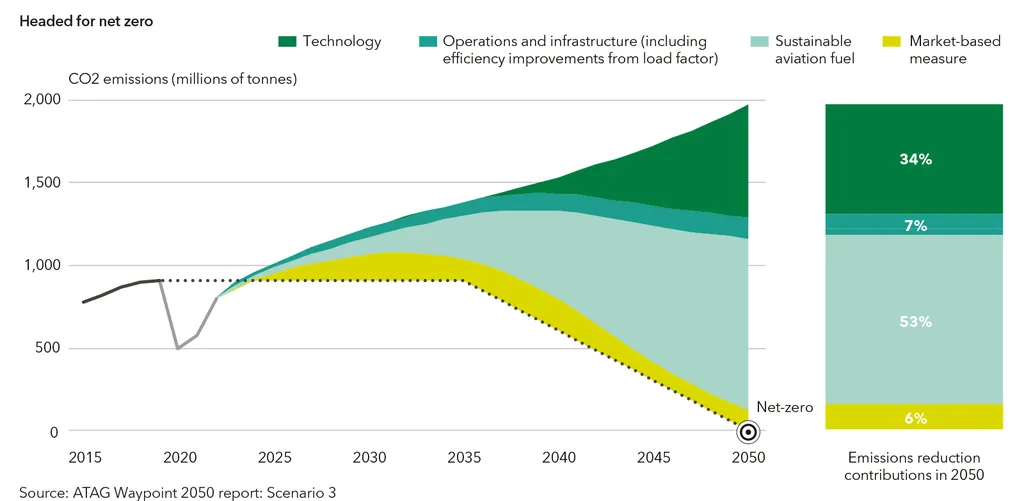In a groundbreaking study published in the journal *Energy Nexus* (translated from German as “Energy Connection”), researchers from the Fraunhofer Institute for Systems and Innovation Research ISI in Karlsruhe have shed light on the complex challenge of decarbonizing the aviation and maritime sectors in Germany. The study, led by Manish Khanra, employs an agent-based technology diffusion model to estimate future fuel demand and the potential impact of emerging low-carbon propulsion technologies.
The research focuses on two critical hard-to-abate sectors: aviation and maritime. These industries are significant contributors to CO2 emissions, and their decarbonization is particularly challenging due to the reliance on traditional fossil fuels. The study simulates the adoption of new technologies, considering factors such as fleet age, technology readiness, infrastructure availability, and regulatory measures. The decision-making process for technology adoption was modeled using a utility maximization framework, where both economic and environmental utilities contribute to an overall utility score.
Khanra and his team examined two future scenarios. In the first scenario, investment decisions were primarily driven by economic utility. In the second, accelerated scenario, environmental considerations took center stage. Both scenarios were evaluated against a baseline scenario of continued use of existing technologies.
The results are promising yet challenging. Under the accelerated scenario, CO2 emissions in aviation are projected to reduce by 82%, and by 15% in maritime by 2050, relative to the baseline. However, these reductions come with a significant increase in electricity demand, primarily due to the production of fuels like hydrogen and synthetic fuels. By 2050, electricity demand for decarbonizing the fleet portfolio is projected to rise to 80 TWh, while maritime demand remains stable at approximately 35 TWh.
For maritime professionals, the study highlights both challenges and opportunities. The shift towards low-carbon propulsion technologies necessitates substantial investment in infrastructure and technology development. However, it also opens up new avenues for innovation and commercial opportunities. As Khanra notes, “The transition to low-carbon technologies is not just an environmental imperative but also a commercial opportunity. It’s a chance for the maritime sector to lead in sustainable innovation.”
The study underscores the importance of understanding technology diffusion and the associated energy demand for achieving long-term climate goals. It provides a data-driven approach to estimating future fuel demand and highlights the need for coordinated efforts between policymakers, industry stakeholders, and technology developers.
In summary, the research published in *Energy Nexus* offers a comprehensive analysis of the decarbonization pathways for the aviation and maritime sectors. It serves as a valuable resource for maritime professionals seeking to navigate the complexities of the energy transition and capitalize on the emerging opportunities in sustainable maritime technologies.

